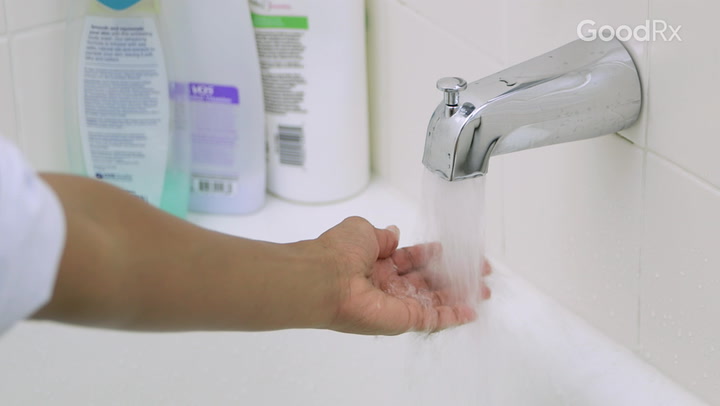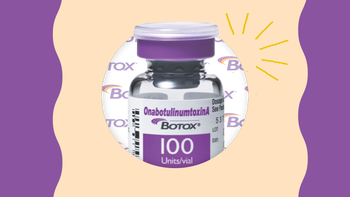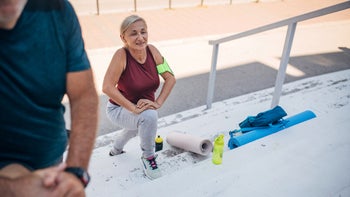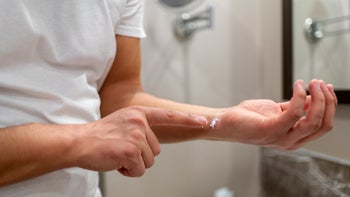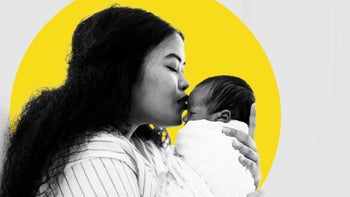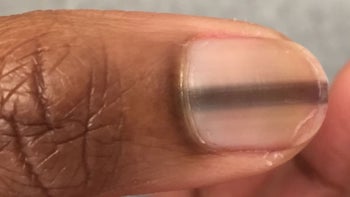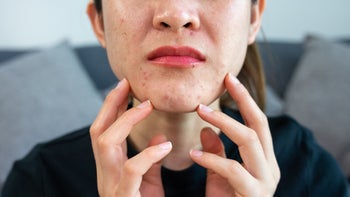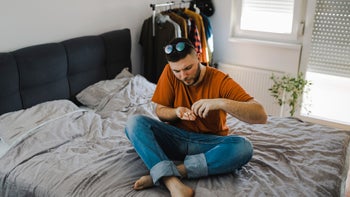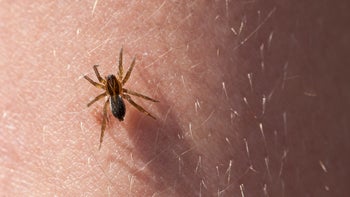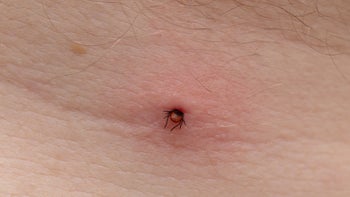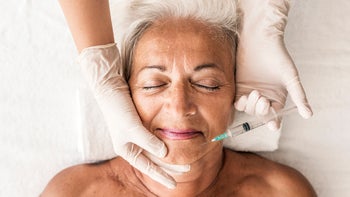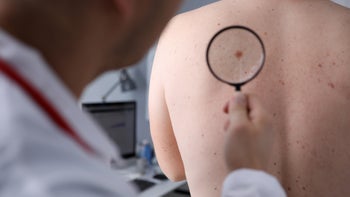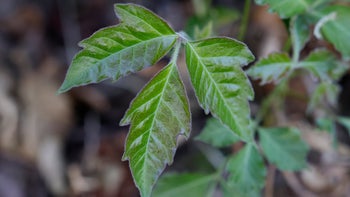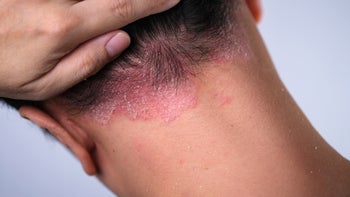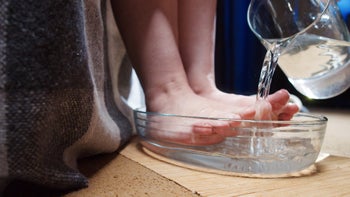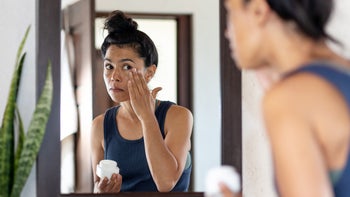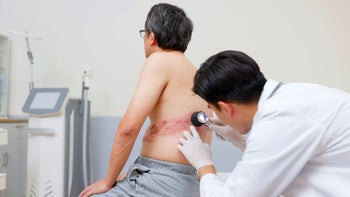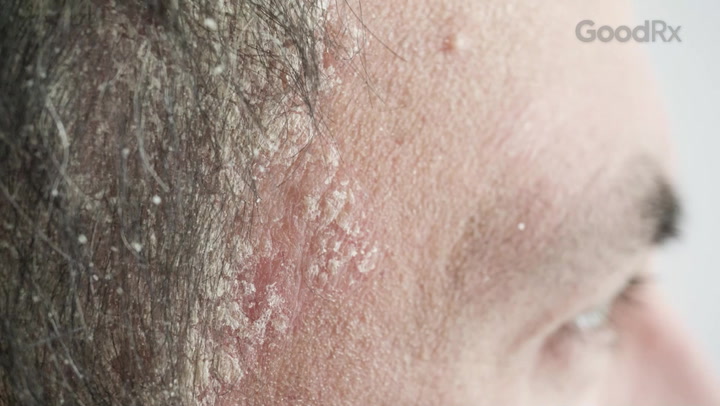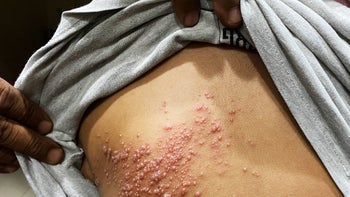
12 Skin Bumps on Your Face That Aren’t Acne (With Images)
Key takeaways:
Some skin growths and skin conditions can form bumps on your face that look like acne but actually are something else.
Most causes of skin bumps are harmless, although some can be more serious and need to be checked out.
Here are some signs that it’s time to see your healthcare provider: your skin bump doesn’t go away after a few weeks, it grows quickly, or it bleeds or changes color.
Table of contents
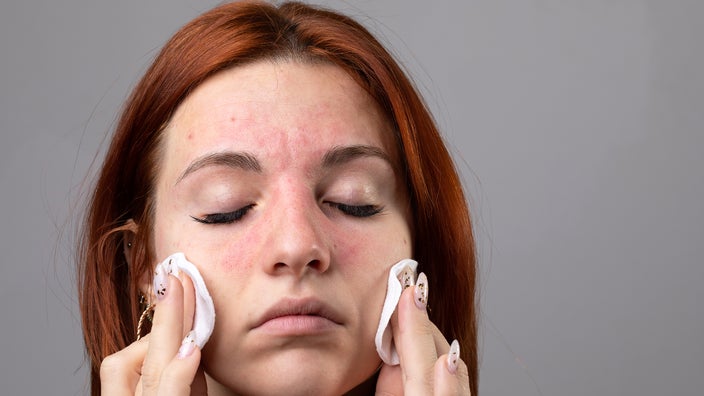
If you’re like most people, you probably know what an acne breakout looks and feels like. But what if you notice bumps on your face that don’t seem like acne? Maybe they have a different shape or texture than acne. Or maybe they last for months without going away.
The good news is that most of these bumps are harmless and nothing to worry about. But sometimes they can be a sign of something serious that needs treatment.
In no particular order, here are 12 causes of skin bumps on the face, along with some clues to look for.
1. Sebaceous hyperplasia
Oil glands are common on the face, but sometimes they can become enlarged and form small yellow or brown bumps called sebaceous hyperplasia. In the center of the bump, you can usually see a tiny dent. It’s most common to have just one or two, but some people can have dozens at a time.
Sebaceous hyperplasia is not cancerous, but sometimes it can look like skin cancer. To tell the difference, your dermatologist may need a skin biopsy. Common ways to remove them include lasering it, freezing it (cryosurgery), or cutting it out.

2. Milia
If you’ve ever had whiteheads that wouldn’t go away, you were probably dealing with milia. These are small cysts in the skin that form white bumps that are tiny and smooth. They can show up anywhere, but they’re most common on the cheeks, nose, and around the eyes.
Milia are common in infants and often called milk spots. But they can affect people of all ages and skin types. These harmless growths may go away on their own. If they don’t, you can try exfoliators or topical retinoids on adult skin.

3. Syringoma
Syringoma are noncancerous growths that form from sweat glands in your skin. They’re most common around the eyes or on the neck. They form small bumps that usually come in clusters. They can be yellow, brown, or pink in color.
Syringomas can affect people of all ages, but they usually start during adolescence. You don’t need to treat them. But, if you want to get rid of them, your provider can remove them with laser therapy, dermabrasion, or a small electrical pulse (electrosurgery).

4. Molluscum contagiosum
Molluscum contagiosum are harmless and contagious wart-like growths. They’re caused by a pox virus. They’re most common in children, but they can happen in adults, too.
Molluscum can spread through close contact, including sexual contact. They usually form pink, brown, or skin-colored smooth bumps with a central dimple. Sometimes they can be very itchy, and the skin around them can become red or irritated.
Molluscum contagiosum usually goes away on its own. But it can take months — and sometimes even years — to clear. Different treatments, like topical retinoids or freezing, can help them clear faster.

5. Impetigo
This is a very contagious skin infection that’s most common in children, but it can happen in adults, too. It’s caused by bacteria that usually live on the skin. When there’s a break in the skin, like from a scratch or other injury, the bacteria can get in and cause an infection.
Impetigo can look like small, oozing blisters in its early phase. After 1 to 2 days, these blisters turn into a scab with yellow crusting. This can spread easily to other people through touching. So it’s important to treat it quickly with either antibiotic creams or pills.

6. Keratosis pilaris
Keratosis pilaris is a very common skin rash that produces tiny red, purple, or skin-colored bumps that feel rough (many people call it “chicken skin”). It’s most common on the upper arms or thighs, but it can also show up on the face (usually the cheeks).
No treatment is needed for keratosis pilaris. For many people, it improves with age. Moisturizing or exfoliating creams (like ammonium lactate or urea cream) can help lessen keratosis pilaris.

7. Cysts
Cysts are common, noncancerous growths under the skin. They usually appear like a smooth skin-colored bump that can be small or grow to the size of a quarter or larger. Sometimes they have a small central opening called a punctum. If cysts get infected or inflamed, they may turn red or violet and become painful.
If your cyst causes symptoms or bothers you cosmetically, your provider can remove it with a minor in-office surgical procedure. Keep in mind that this procedure may leave a small scar.

8. Xanthelasma
Xanthelasma are harmless, flat, yellowish growths that usually happen near or on the eyelids. They’re made of cholesterol deposits that collect in the skin, and they usually don’t cause any symptoms.
These spots are noncancerous. But, in some people, they can be a sign of another condition, like high cholesterol or diabetes. If you develop these growths, your provider may want to do some blood tests to make sure nothing else is going on.
Your provider can remove xanthelasma with different procedures, like lasers, chemical peels, or a minor skin surgery.

9. Moles
Moles are one of the most common skin growths, and most people will have one at some point in their life. They can be different sizes and colors, like pink, red, brown, or the color of your skin. These growths happen when melanocytes (the pigment-producing cells in the skin) grow together in a cluster.
Most of the time, moles are completely harmless. But not all moles are created equal. Some are more likely to turn into melanoma, a type of skin cancer.
Moles that aren’t worrisome don’t need to be removed. But if they have worrisome features — like irregular borders, large size, or different colors — your provider should evaluate and possibly remove them. But never try to remove a mole by yourself.

10. Seborrheic keratosis / dermatosis papulosa nigra
These noncancerous growths can start showing up in your 20s and 30s. They’re usually tan or brown and can be small or grow to the width of a quarter. Their texture is usually rough or waxy, and people can have anywhere from one to dozens at a time. In darker skin, seborrheic keratoses can cause many small, brown bumps on the face called dermatosis papulosa nigra.
These growths are never cancerous, but sometimes they look like certain types of skin cancer. This means you may need to see your provider, and even get a biopsy, to make sure it’s not something else.

11. Skin cancer
Basal cell carcinoma (BCC) is the most common type of skin cancer. And unlike melanoma, it’s typically the color of your skin. But it can be tan or brown, especially in darker skin.
Sometimes BCC can even look like a pimple. And like pimples, it may bleed or be crusty. But a BCC gets bigger over time and doesn’t go away on its own like a pimple.
It’s common in areas that get a lot of sun exposure, like the face. And it can happen in people of all skin colors.
BCC needs treatment with surgery or medicated creams.

12. Folliculitis
Folliculitis is an infection of hair follicles. It can happen anywhere you have hair, including your face.
Folliculitis causes bumps that are pink, brown, or full of pus. As you can imagine, these can look very similar to acne. But unlike acne, folliculitis isn’t associated with whiteheads or blackheads. On the face, it usually happens where there’s visible hair, like the hairline or the cheeks and neck in men.
To treat folliculitis, you need antibiotic creams or pills.

How to tell the difference between acne and other skin bumps
If you develop a red bump on your face, it’s important to know if it’s acne or something else. Here are a few clues to help you tell the difference:
Acne pimples typically last for a few weeks before they get better and eventually clear.
Some acne pimples turn into pus-filled bumps that can be squeezed or popped (but popping causes more harm than good).
When acne pimples are deep and inflamed, they can also be painful to the touch (unlike many other skin growths).
A pimple doesn’t usually appear on its own. There’s often background whiteheads or blackheads, or other pimples that are also forming.
When to see your healthcare provider
If you’re not sure what you’re dealing with, and your skin bump isn’t going away, then it’s a good idea to get checked out by your provider.
Here are some signs that your spot needs professional evaluation:
It bleeds and doesn’t heal.
It’s getting bigger or darker in color.
There’s an open sore that doesn’t heal.
It grows quickly.
The bottom line
For many people, skin bumps on the face are caused by an acne breakout. But not all bumps are acne. Skin cancer and other noncancerous growths, like moles, cysts, and milia, can also form bumps on your face. And it can be hard to tell the difference if you don’t know what you’re looking for.
There are clues that can help you figure out if you’re dealing with acne or something else. Call your provider to schedule an appointment if your skin bump doesn’t go away after a few weeks, it grows quickly, or it bleeds or changes color.
Images used with permission from VisualDx (www.visualdx.com)
References
American Osteopathic College of Dermatology. (n.d.). Cryosurgery (cryotherapy).
American Osteopathic College of Dermatology. (n.d.). Folliculitis.
American Osteopathic College of Dermatology. (n.d.). Sebaceous hyperplasia.
American Osteopathic College of Dermatology. (n.d.). Syringoma.
American Osteopathic College of Dermatology. (n.d.). Xanthelasma.




